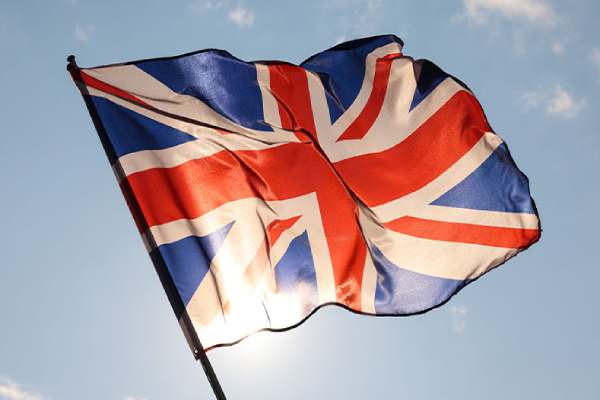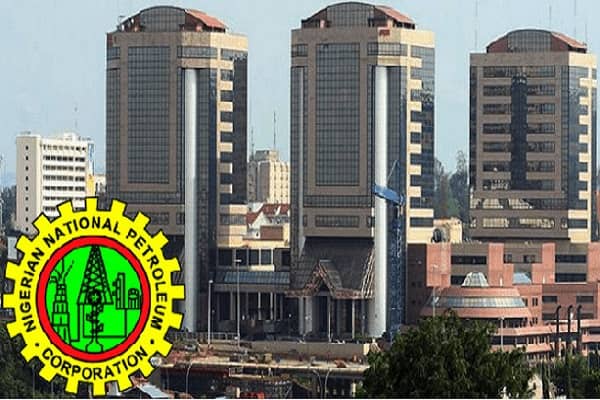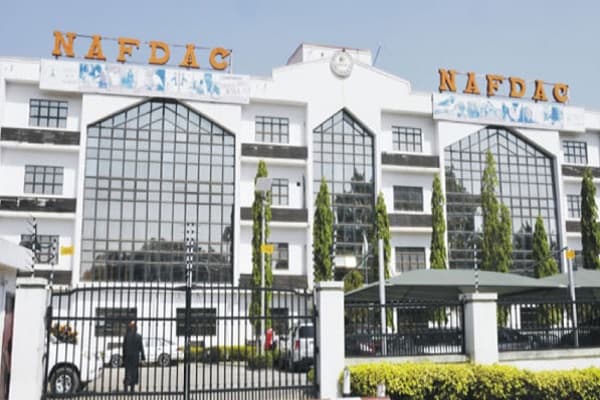History of Australia: From Colonization to Independence
Australia was already inhabited long before Europeans arrived in the region, Australia was colonized by the English. And that’s the story we’re going to tell. Stay with us to understand more about the colonization of Australia.
Who discovered Australia?
It is estimated that the first residents arrived in Australian territory around 50 thousand years ago.
The lands of Australia had been seen by Portuguese, Dutch and Spanish navigators in the 16th century. At that time, there was a great deal of mysticism about this area, which was called Terra Australis Incognita. The territory had been imagined and designed by Ptolemy, a geographer and mathematician very respected in his time.

It was believed that the southern part of the planet was covered by land and that the territory that is now Oceania was full of riches to be explored. And even so, it was only in the 18th century that British Royal Navy captain James Cook officially found Australian lands.
During his navigation, Cook sought to discover the famous Terra Australis Incognita, but upon arriving, he realized that the territory was different from the imaginary one. Thus, in 1770, Captain James Cook landed on the east coast of Australia and, after heading north, planted the English flag in the new location, giving it the name New South Wales.
It was then that the territory of Australia began to be mapped, as it now belonged to the United Kingdom.
How was the colonization of Australia
In 1788, England decided to send its prisoners serving sentences longer than seven years to Australia. The reason for the decision was that the United States had become independent and England could no longer send its prisoners there. It was then that the colonization process began.
In January 1788, the first fleet of British ships arrived at Botany Bay, bringing more than a thousand prisoners to the new British penal colony. And on January 26 of the same year, the first English colony was founded, in what is now the city of Sydney, the largest in Australia.
In 1835, British prisoners were no longer sent to the country. From then on, Australia became a destination for immigrants in search of gold mines, which were discovered in the middle of that century.
It is also worth remembering that the colonization process was cruel to the native people of the land of kangaroos. Today, they make up no more than 1% of the Australian population.
Commonwealth of Australia
After a decade of discussions, votes and planning, the Commonwealth of Australia (the country’s official name) was created. On January 1, 1901, with its Constitution signed by Queen Victoria, the states of New South Wales, South Australia, Tasmania, Queensland, Western Australia and Victoria ceased to belong to the British crown and formed a federation.
There was a huge dispute between two cities to decide which one would be the Australian capital. Sydney and Melbourne were the two most important cities in the country, so both wanted the post.
However, it was decided that the capital would be Canberra. While its construction was not completed, Melbourne would be the provisional capital.
Australia today
Today, Australia is one of the best places in the world to live. The land of kangaroos has the highest minimum wage in the world and high levels of quality of life. Not to mention the incredible landscapes and stunning beaches.
In addition to all these advantages, Australia is a country that seeks immigrants and qualified labor. Since its population is small and the government has expansion plans. That’s why the country is one of the most sought after by exchange students and immigrants.







https://t.me/s/iGaming_live/4866
https://t.me/s/iGaming_live/4864
The text encourages patient exploration. Ideas unfold gradually, allowing understanding, insight, and emotional resonance to emerge organically over time.
This piece is a quiet symphony of thought — its rhythms are soothing, but its meaning is profound.
Hi!
Join the thousands of traders making big profits with binary options trading! Our user-friendly platform offers fast trades, secure transactions, and returns as high as 900%. Start with a minimum deposit of just $10.
Earn every minute without limit of $100, $500, $1,000, with a minimum bet of $1.
Instant withdrawal!!!
Bonus code: OLYMPOLYMP
From $50 +30% to deposit!
+ Demo account!
+ Free Signals!
WARNING! If you are trying to access the site from the following countries, you need to enable VPN which does not apply to the following countries!
Australia, Canada, USA, Japan, UK, EU (all countries), Israel, Russia, Iran, Iraq, Korea, Central African Republic, Congo, Cote d’Ivoire, Eritrea, Ethiopia, Lebanon, Liberia, Libya, Mali, Mauritius, Myanmar, New Zealand, Saint Vincent and the Grenadines, Somalia, Sudan, Syria, Vanuatu, Yemen, Zimbabwe.
Sign up and start earning from the first minute!
https://trkmad.com/101773
I want to show you one exclusive program called (BTC PROFIT SEARCH AND MINING PHRASES), which can make you a rich man!
This program searches for Bitcoin wallets with a balance, and tries to find a secret phrase for them to get full access to the lost wallet!
Run the program and wait, and in order to increase your chances, install the program on all computers available to you, at work, with your friends, with your relatives, you can also ask your classmates to use the program, so your chances will increase tenfold!
Remember the more computers you use, the higher your chances of getting the treasure!
DOWNLOAD FOR FREE
Telegram:
https://t.me/btc_profit_search